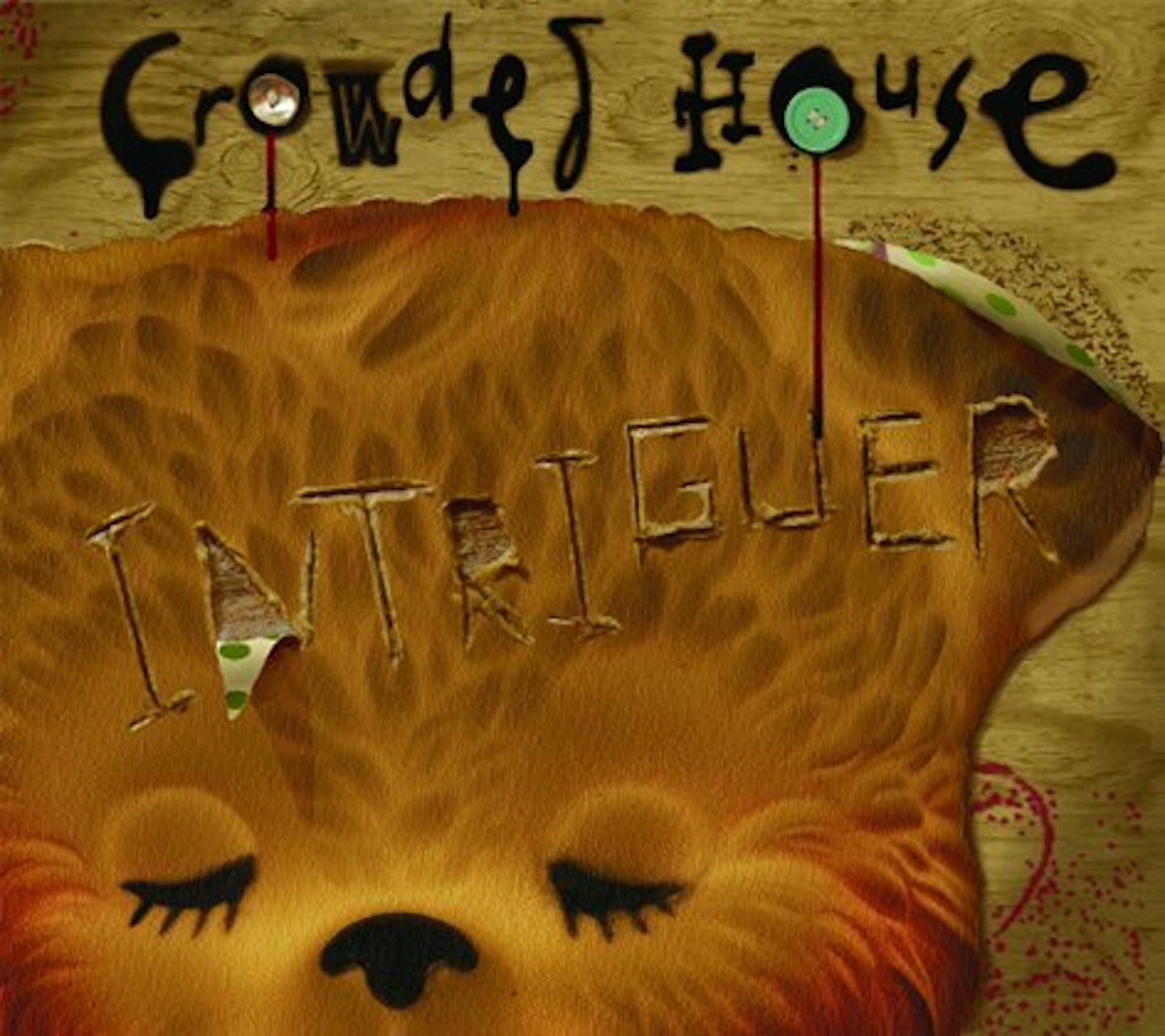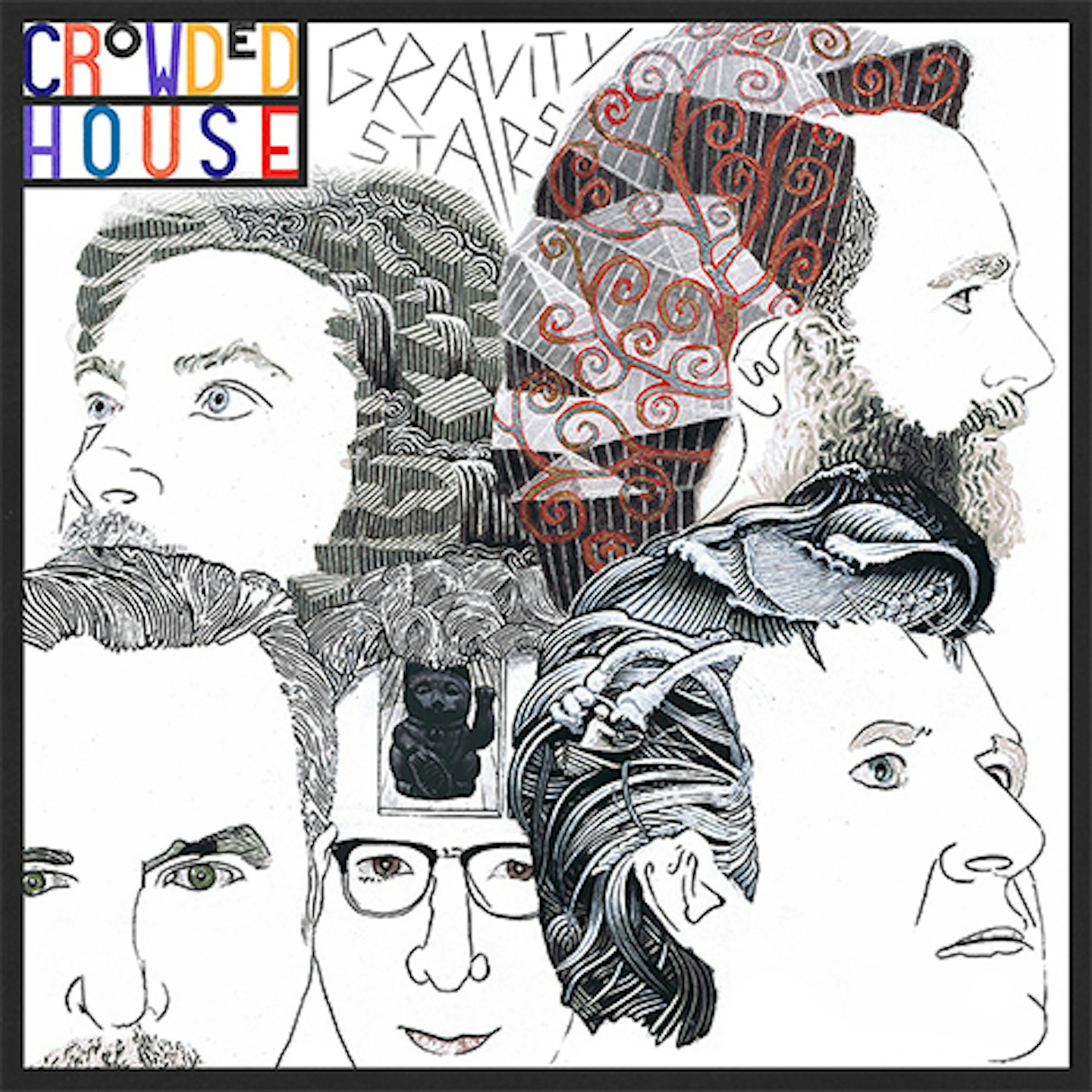NEIL FINN WAS ONLY 19 when he joined older brother Tim’s band, acclaimed New Zealand new wavers Split Enz. Taking on the role of co-frontman alongside his brother, Neil’s precocious songwriting talent led him to write many of the band’s hits, including I Got You and One Step Ahead. When Split Enz disbanded in 1984, Finn formed Crowded House alongside Split Enz drummer Paul Hester and bassist Nick Seymour.
Finn’s deep and richly melodic songwriting led to the group to international success. Firstly conquering America with their 1986 self-titled debut and later Europe with 1991’s still lauded Woodface, which saw him bring Tim into the group. Tim left the band halfway through the ensuing tour, but working with producer Youth, the group produced another high watermark with 1993’s Together Alone. Following the band’s split in 1996 and the tragic suicide of Hester in 2005, Finn and Seymour reunited and have recorded four albums as Crowded House with their latest, Gravity Stairs ranking among the group’s very best work. Here, MOJO's Andy Fyfe lays out the bands albums from worst to best...
8.
Time On Earth
(Parlophone, 2007)

A grab bag of styles from the previous albums, Crowded House’s reunion album is symbolic of Seymour and Finn’s emotional struggle after Hester’s suicide. Although mostly written before his death, it’s impossible not to read some prescience into lyrics from Don’t Stop Now such as, “something I can write about… something I can cry about”.
7.
Intriguer
(Fantasy/Universal, 2010)

‘The quiet one’ of the catalogue, but a fully collaborative album between Finn, Seymour and latter-day housemate Mark Hart. Bouncy pop and pillowy ballads harked back to the old days, but with the members now in their forties the themes were more reflective, less visceral, more solo McCartney than prime Beatles.
6.
Dreamers Are Waiting
(EMI/Universal, 2021)

Even with Finn’s sons Elroy and Liam and old producer Mitchell Froom now in the band, this sounds more like ‘classic’ Crowded House than either of the previous reunion albums. Love and family fill the songs with guilt and hope, the youngsters re-injecting a zing not heard since the debut.
5.
Woodface
(Capitol, 1991)

The CSN-like Weather With You’s radio ubiquity in 1992 cemented the band’s future in the UK and Europe, but Woodface is a messy album. Half co-written with brother Tim, Chocolate Cake and There Goes God’s goofiness sounds uncomfortable alongside the sublime Fall At Your Feet and Four Seasons In One Day.
4.
Crowded House
(Capitol, 1986)

Sparky debut, home to the everlasting Don’t Dream It’s Over. Alongside the jaunty pop of Something So Strong and Now We’re Getting Somewhere are songs about suicide (Hole In The River) and obsessive love (Love You Til The Day I Die), extremes that contain all of Crowded House’s fizzing essence.
3.
Gravity Stairs
(BMG, 2024)

The three occasional albums that followed Crowded House’s 1996 split mostly comprised songs written for other Neil Finn projects that he felt somehow aligned more with his old band. This second album by the latest line-up (his sons Liam and Elroy, Seymour, and one-time producer Mitchell Froom on keyboards), however, started and finished as pure Crowded House, with tracks such as Teenage Summer, All That I Can Ever Own and The Howl effortlessly withstanding direct comparison with the band’s mid-’90s peak.
2.
Temple Of Low Men
(Capitol, 1988)

Left alone by Capitol after the success of Don’t Dream It’s Over, Finn’s natural melancholy poured through gems such as Into Temptation, Mansion In The Slums and Better Be Home Soon. One US critic called it “sanctimonious self-pity”, entirely missing the point of the true fan’s deep-cut album.
1.
Together Alone
(Parlophone/Capitol, October 1993)

Looser and almost psychedelic in places, this is the band’s most cohesive statement. Log drummers and a Māori choir lend a briny South Pacific tang to several tracks, but the more trad guitar pop of Distant Sun is probably Finn’s songwriting pinnacle, possibly even one of humankind’s greatest musical moments.
